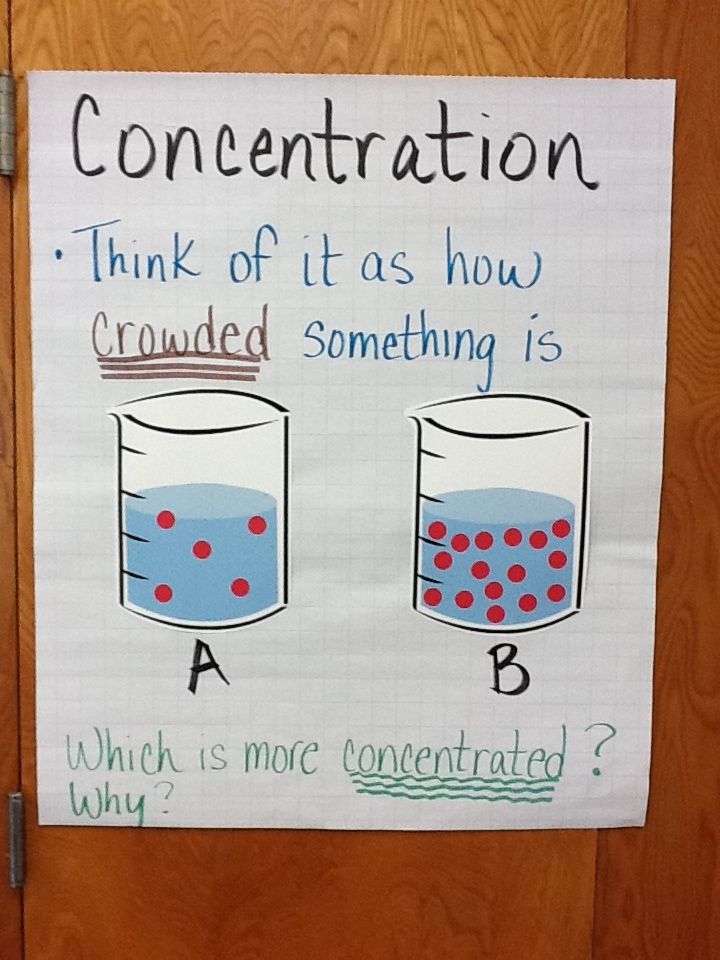Understanding the Education Levels of Democratic Voters: Trends, Impacts, and Access to Data
Introduction
Over the past decade, the education level of Democratic voters has become a defining characteristic of the party’s evolving coalition. Once a party with strong ties to working-class voters without college degrees, Democrats now draw increasing support from those with higher educational attainment. This shift is not just visible in national exit polls, but also in the demographic makeup of local and state elections. Understanding these trends is essential for political analysts, campaign strategists, and anyone interested in the changing landscape of American politics.
Education and Voting Trends: The Data
Recent elections, including the 2024 presidential contest, highlight a stark divide between voters with and without college degrees. According to data from the Pew Research Center, approximately 40% of voters in the 2024 election had a four-year college degree or higher. Among these voters, Democratic candidate Kamala Harris held a 16-point advantage over her Republican opponent. Those with postgraduate degrees showed an even stronger Democratic preference, favoring Harris by nearly two-to-one (65% to 33%) [2] . Conversely, voters without a college degree favored the Republican candidate by a similar margin.
This pattern is reinforced by exit poll data: college graduates made up 43% of the electorate, with 55% voting for the Democratic candidate. Among voters without college degrees, 56% supported the Republican candidate [1] .
Historical Shifts in the Democratic Coalition
The alignment between educational attainment and party preference is relatively recent. In the past, Democrats drew significant support from working-class voters, many of whom did not hold college degrees. However, since the mid-2010s, college-educated professionals have shifted toward the Democratic Party, while non-college-educated voters have become more aligned with Republican candidates [4] .

Source: fcacorp.com
For example, in 2016, just 43% of Democratic voters had a college degree. By 2024, this number had risen to 48%. Meanwhile, the percentage of non-college graduates among Democratic voters has declined as more Americans attain higher education [3] .

Source: freepik.com
Demographic Breakdown: Who Are the Democratic Voters by Education?
Democratic voters in the 2024 election were close to evenly split between those with (48%) and without (51%) a college degree. Among these, individuals with postgraduate education remained a particularly strong Democratic bloc. These trends are especially pronounced among White and Hispanic voters. White noncollege voters were substantially more likely to support Republican candidates than their college-educated counterparts, while the education divide was less pronounced among Black voters [2] .
Among men, the education gap is even more pronounced. Nearly equal numbers of college-educated men voted for each candidate, but among non-college-educated men, the Republican candidate held a 24-point advantage [4] .
Implications for Political Strategy and Outreach
Understanding the education profile of Democratic voters can inform both campaign messaging and voter outreach. Candidates and advocacy organizations targeting Democratic voters may find greater engagement with issues that resonate with college-educated, urban, or suburban populations. These might include climate change, healthcare reform, and policies related to higher education funding.
For those seeking to connect with Democratic voters or support related causes, consider the following steps:
- Engage with academic and professional organizations that have a strong presence among college graduates.
- Participate in community groups, alumni associations, and civic organizations linked to higher education institutions.
- Explore volunteer opportunities or advocacy campaigns that focus on education policy or equity in access to higher education.
If you are an organization or candidate, you can utilize voter data dashboards provided by reputable research institutions (such as Pew Research Center) to tailor your outreach. For individuals interested in more detailed demographic or voter data, you may search for resources using terms such as “exit poll education breakdown” or consult official reports from organizations like Edison Research, which conducts exit polling for major news networks.
How to Access Voter Education Data
Accessing up-to-date, detailed information on the educational attainment of Democratic voters involves several steps:
- Start with Official Research Organizations: Pew Research Center and Edison Research offer comprehensive national data on voter demographics and education levels. You can visit the Pew Research Center’s politics section and search for recent election demographic reports.
- Review Census Data: The U.S. Census Bureau publishes annual reports on educational attainment by state and region. While these data do not directly link to voting, they provide context for understanding broader trends.
- Consult Major News Outlets: Outlets such as Axios and Inside Higher Ed often publish post-election analyses breaking down voting patterns by education.
- Seek Out Academic Studies: University political science departments may release reports and working papers on education and voting behavior. Search university websites or Google Scholar for recent studies on the topic.
For official government data, it is recommended to visit the U.S. Census Bureau and search for “educational attainment” reports, or use the Pew Research Center’s searchable database of election studies.
Challenges and Limitations in the Data
There are several important considerations when interpreting education and voting data:
- Exit Poll Methodology: Most educational breakdowns come from exit polls, which may have sampling errors or miss certain populations. Always check the methodology of the reports you consult.
- Changing Demographics: As more Americans attain college degrees, the composition of both parties’ voter bases will continue to evolve. Trends observed over the past decade may look different in future cycles.
- Regional Differences: State-level variation in educational attainment can shape local election outcomes, even if national trends hold.
Real-World Example: State-Level Differences
States with higher percentages of college graduates, such as Massachusetts and Colorado, have become reliably Democratic in recent elections, while states with lower educational attainment, such as West Virginia and Alabama, remain Republican strongholds [1] . Battleground states with education levels near the national average often see the closest races, highlighting the practical impact of education trends on electoral outcomes.
Key Takeaways and Next Steps
The educational profile of Democratic voters is dynamic, shaped by broader societal trends and changing party coalitions. Today, college graduates and especially those with postgraduate degrees are more likely to vote Democratic, while the party’s ties to non-college-educated voters have diminished. These trends have substantial implications for policy priorities, campaign strategies, and the future of American politics.
If you are seeking to access more granular data, the best approach is to consult the research sections of reputable organizations, such as Pew Research Center or the U.S. Census Bureau, and search for the latest reports on voter demographics and education.
References
- [1] Axios (2024). America’s diploma divide: States with fewer grads went for Trump.
- [2] Pew Research Center (2025). Voting patterns in the 2024 election.
- [3] Pew Research Center (2025). Demographic profiles of Trump and Harris voters in 2024.
- [4] Inside Higher Ed (2024). Education-Level Voting Gaps Are Highest Among Men, White People.
- [5] Higher Ed Data Stories (2025). Educational Attainment and the Presidential Elections.



